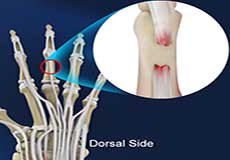
Extensor Tendon Injuries
Tendons are bands of tissue connecting muscles to bones. The extensor tendon is a strong, smooth cord that connects finger bones to muscles in the hand.
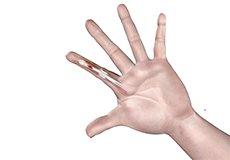
Flexor Tendon Injuries
Deep cuts on the under surface of the wrist, hand or fingers can cut and injure the tendon, and make it unable to bend one or more joints in a finger.
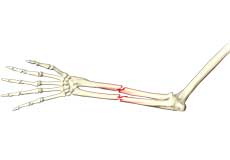
Adult Forearm Fractures
The forearm is made up of 2 bones, namely, the radius and ulna. The primary function of your forearm is rotation i.e., the ability to turn your palm up and down. The fracture of the forearm affects the ability to rotate your arm, as well as bend and straighten the wrist and elbow. The breaking of the radius or ulna in the middle of the bone requires a strong force and is most commonly seen in adults. In most of the cases, both bones are broken during a forearm fracture.
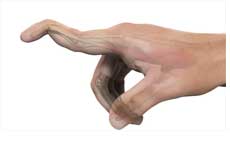
Mallet Finger
The finger joint is a hinge-joint that allows bending and straightening of the fingers. Each finger is composed of 3 phalanges joined by 2 interphalangeal joints (IP joints). The joint near the base of the finger is called the proximal IP joint (PIP joint), and the joint near the tip of the finger is called the distal IP joint (DIP joint).
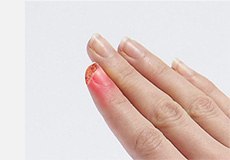
Fingertip Injuries
A fingertip injury is a wound or damage caused to the most distal portion of the finger. It can be a crush, a sharp cut, a tear or a combination of these, and can result in damage to the skin, nail or nailbed, tendon, pulp, bone, and nerve endings. It is one of the most common injuries to the hand and may occur due to accidents at home, work, or play.
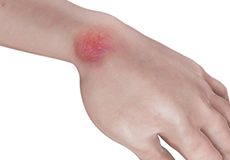
Hand Infections
Hand infections, if left untreated or treated improperly, can cause disabilities such as stiffness, contracture, weakness, and loss of tissues
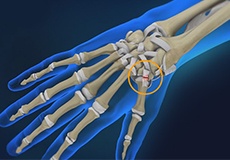
Work Related Hand Injuries
The hand is one of the most flexible and useful parts of our body that assist us in most workplace activities. Hand injuries can range from minor cuts or burns to severe injuries.
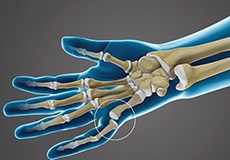
Finger Dislocation
Finger dislocation is a condition in which the bone of your finger has moved away from its normal position.

Finger Joint Dislocation and Volar Plate Injury
Finger dislocation is a condition where the bones of your finger have moved away from its normal anatomical position.
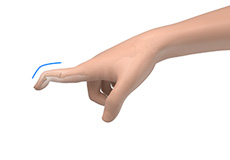
Swan Neck Deformity
The finger joint is a hinge joint that allows the bending and straightening of the fingers. Each finger is composed of 3 phalangeal bones joined by 2 interphalangeal joints (IP joints). The joint near the base of the finger is called the proximal IP joint (PIP joint), and the joint near the tip of the finger is called the distal IP joint (DIP joint).